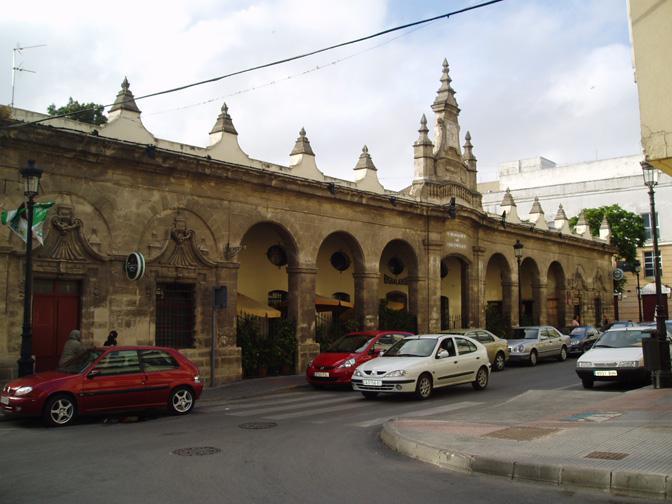El Puerto de Santa María, Andaluzia, Spain
Suggest Place to Visit
2933
Track to location with GPS |
 |
Old age
The Roman civilization also inhabited these lands, remains of this culture were found when carrying out the remodeling of the Plaza de Isaac Peral, located in the center of the city. In it, skeletons and some objects such as rings, vessels, etc. were found.
Middle Ages
Andalusian period
In 711 the Muslims faced the Visigoth army in the Battle of Guadalete, which marked the entry of the Arabs into the peninsula. From that moment, the city became part of the Muslim territory with the new name of Amaría Alcanter, Alcanate or Alcanatif, which some researchers translate as Puerto de las Salinas, Arco or Puente. At that time it was only a farmhouse dependent on neighboring Šeriš, [8] the current Jerez de la Frontera.
Cantiga de Santa María 328, sheet music pdf text.
Castilian conquest
´´To Alfonso X El Sabio (1221 - 1284) who made El Puerto de Santa María an independent council by granting a charter-town in 1281 and dedicated to the image that is preserved inside this sanctuary, fortress 24 of his songs known as El cancionero de Santa María de Porto´´
In 1260, Alfonso X the Wise conquered the city from the Muslims and changed its Arabic name from Alcanatif to Santa María del Puerto. This fact is the argument of the text of the Cantiga de Santa María nº 328, which is part of the Cancionero de Santa María del Puerto. This monarch organized the distribution of the lands and granted the Puebla Charter, becoming part of the Crown of Castile since then, as the territory of the Kingdom of Seville. In 1279 Alfonso X granted the lordship of El Puerto de Santa María to the Order of Santa María of Spain, although the order disappeared in 1280. Sancho IV sold it in 1284 to Benedetto Zaccaría, from whom Guzmán el Bueno bought half in 1295 or 1299, depending on the source. In 1306 this half was contributed as a dowry by Leonor de Guzmán, Guzmán el Bueno's granddaughter, to her marriage to Luis de la Cerda. In 1357 the entire municipality was unified under the same lordship and in 1369 Bernardo de Foix, husband of Isabel de la Cerda, received the County of Medinaceli, origin of the homonymous noble house. In 1479 his descendants received the title of Counts of El Puerto de Santa María. [9]
Modern age
Christopher Columbus, between 1483 and 1486 (although some researchers point to the period 1490-91), was a guest of the lords of El Puerto and received a contribution to undertake the journey that would lead him to the discovery of the New World. Columbus was also in El Puerto in 1493, preparing the second voyage. Here the Santa María was equipped, owned by the sailor Juan de la Cosa, who was Columbus's pilot in 1492, and who in 1500, in El Puerto de Santa María, dates the first map that includes America.
When we talk about the Discovery of America, we are talking about an event that encompasses a multitude of aspects. On the one hand, the scientific fact in which the theory of the Earth as a sphere is confirmed; on the other hand, the change that takes place thereafter in the world economic and political order. And finally, the meeting of worlds, new to each other, that until then had not had contact, or at least in a very evident way. These three aspects become more palpable in the cities that were directly involved in this event, as is the case of El Puerto de Santa María.
Already at the beginning of the 15th century, the streets of the city became an agglomeration of merchants who come from the New World, being Puerto de Santa María one of the first places where you can see and buy products from the other part of the ocean. Its infrastructure in shipyards, trade institutions and training of sailors and navigators, placed it ahead of most port cities.
16th and 17th centuries
Map made in El Puerto by Juan de la Cosa in 1500. It is the first map that shows the American continent in an indisputable way.
The Port becomes the headquarters of the General Captaincy of the Ocean Sea implied constantly being up-to-date with international political developments, with which all historical events were noted in a very direct way in the evolution of the city.
Its mercantile condition configured it as a residence for merchants (Chargers to the Indies), who, when building their luxurious homes, formed a monumental set dotted with Houses-Palaces and various civil and religious buildings, which we can still enjoy for the most part.
And last but not least, the future of this city, used to receiving travelers from all corners of the world, and the variety of origins of its inhabitants, made it a place where all those who come to meet a bit of his own history.
During the 16th and 17th centuries, El Puerto was the greenhouse and base of the Galeras Reales and headquarters of the General Captaincy of the Ocean Sea, as we have already commented. This fact would determine its leading role in the preparation of important naval expeditions of a military nature. It is of interest to visit the Plaza de las Galeras Reales, the nerve center of the life of the City in the past and of tourism today.
Landing of King Ferdinand VII in El Puerto de Santa María, on October 1, 1823.
18th century
Proclaimed King Felipe V, the city asks to join the Crown, which happens on May 31, 1729, when the Court moves to spend the summer here that year and the next. The summer character became fashionable in the city when, in 1729 and 1730, Felipe V, the first of the Bourbons, chose it as his official summer residence.
Contemporary age
The century of lights, with an important commercial activity and a large number of enlightened magnates settled in the city, would give way in the early years of the 19th century to a city that was converted into the headquarters of the French army during the War of Independence, under the reign of Joseph Bonaparte (1810 - 1812).
During the reign of Fernando VII (1814 - 1833), in the period of the liberal triennium (1820-1823), El Puerto is again occupied and taken as headquarters by troops of the Holy Alliance, a French army known as the One Hundred Thousand Sons of San Luis, under the command of the Duke of Angouleme, in order to put an end to the liberal resistance sheltered in Cádiz and to free King Fernando VII. Released the king, he disembarks in El Puerto and repeals the Constitution of 1812, thus imposing the absolute power of the crown.
From this moment, the vicissitudes of history, the successive religious and civil confiscations, the socio-political changes of each moment, as well as the development of the wine industry, cause the expansion of the local economy and urban space, marking life and the people of this city.
El Puerto de Santa María is a Spanish city located in the province of Cádiz, in the autonomous community of Andalusia.
It is located on the bank and mouth of the Guadalete River. The population of the municipality in 2008 was 86,288 inhabitants and is on the rise. It has a surface area of 159 km² and a population density of 541.53 inhabitants / km². Its geographic coordinates are 36º 36´ N, 6º 13´ W. It is located at an altitude of 6 m and 21 km [1] from the provincial capital, Cádiz. In its municipal term is part of the Naval Base of Rota. [3]
According to legend, the city was founded by Menesteo, an Athenian king who participated in the Trojan War. When the war ended and he returned home, his throne had been stormed and he had to emigrate. Sailing without any destination, he ended up right at the mouth of the Guadalete River and founded the city, Puerto de Menesteo. This historical event took place in 1184 or 1183 BC, as the Trojan War took place between 1194 and 1184 BC, approximately 3,200 years.
According to some archaeologists, the first Gadir, as the first urban agglomeration or business center, was built in what is now the Castillo de Doña Blanca, [4] leaving what is now Cádiz as a sacred site and its later use as an urban center to the s.VII-VI.
El Puerto de Santa María is known as The City of Hundred Palaces, although the passage of time and neglect have caused many of these elegant buildings to be practically ruined. Product of the commercial activity with Spanish America or the Indies in the 17th and 18th centuries, authentic palaces were built in the town adapted to the needs of the great merchants that also received the name of Carriers of the Indies.
Currently (2009) important projects are carried out in the city, such as the construction of a second bridge, the reform of the old town hall, and the remodeling of the city center.
Religious monuments
Monastery of La Victoria, formerly used as a prison, El Puerto Penal
Hermitage of Santa Clara
Convent of the Holy Spirit, ss. XV-XIX
Convent of San Francisco (16th century)
Church of the miraculous
Palaces
Palace-houses of Chargers to the Indies (17th-18th centuries)
Vizarrón House
Other Monuments
Fountain of the Galeras
Old Lonja de El Puerto (18th century)
Monument to Paquirri
San Luis Gonzaga Building
The Steam of the Port
Endorheic complex of Puerto de Sta. María
Campo de Guía winery urban complex (19th century)
El Puerto Bullring
Fountain in honor of Lucía, Celia and Alberto.
Parks and gardens
Calderón Park
Europe park
Squares and avenues
Spain Square
Isaac Peral Square
Polvorista Square
Ave Maria Square
Jail Square
Herreria Square
Deposits
Archaeological site of Doña Blanca
El Aculadero Field
Comments
We don´t have yet any comments about:
Port of Santa Maria (Cádiz)
Port of Santa Maria (Cádiz)
Be the first to leave a comment as it is very important to inform other people
Outros locais a visitar
Within a radius of 20 km from:Port of Santa Maria (Cádiz)
Castle of San Marcos |
| 0,1 Km |
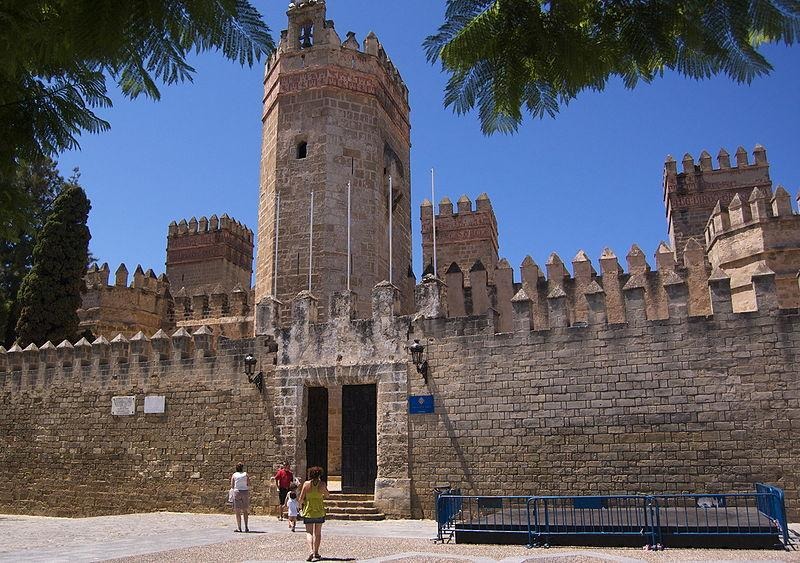 |
Museo Arqueológico Municipal de El Puerto de Santa María |
| 0,2 Km |
 |
Priory Church (El Puerto de Santa María) |
| 0,2 Km |
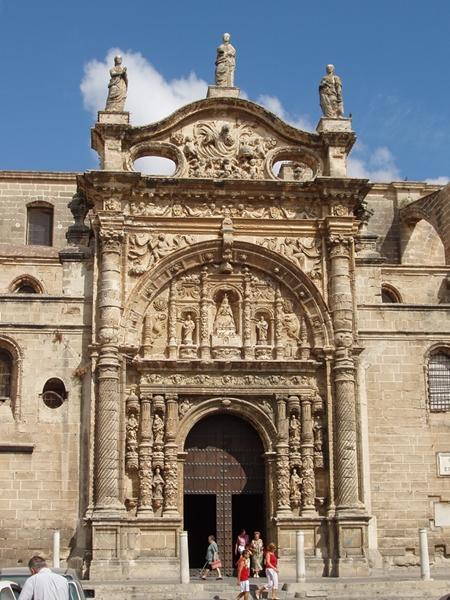 |
Priory Church |
| 0,3 Km |
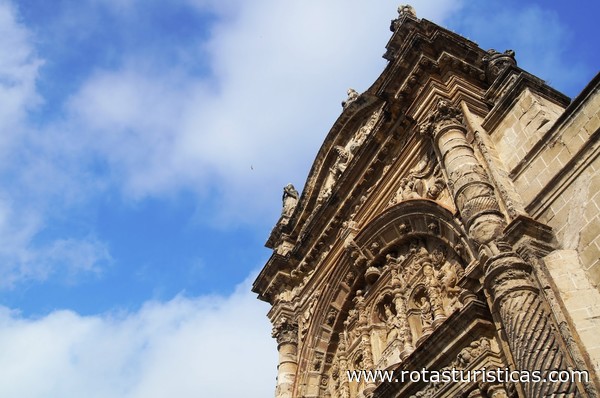 |
Parroquia de San Joaquín |
| 0,6 Km |
 |
Parroquia de Nuestra Señora del Carmen y San Marcos |
| 0,7 Km |
 |
Parroquia de San Francisco |
| 0,8 Km |
 |
Monastery of Victory |
| 1,2 Km |
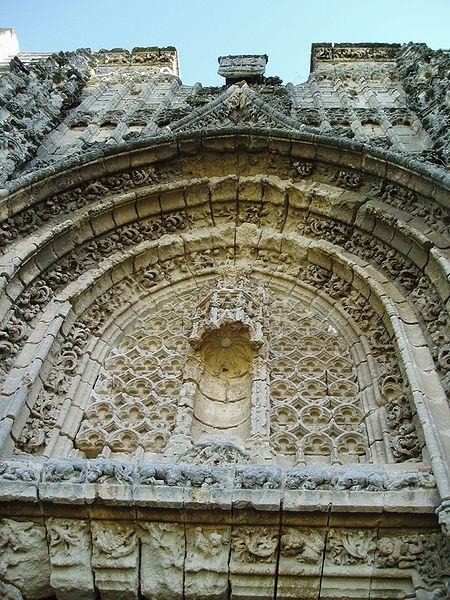 |
Castle of Santa Catalina (Cádiz) |
| 3,7 Km |
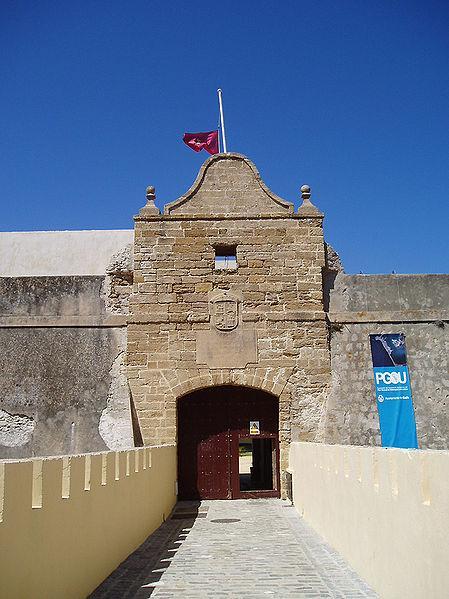 |
Río San Pedro (españa) |
| 4,9 Km |
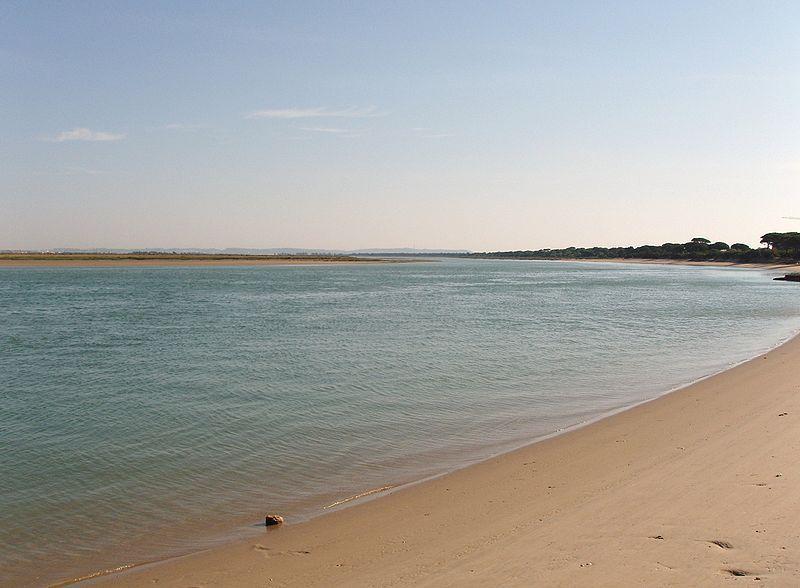 |
Priory Church of San Sebastián (Puerto Real) |
| 8,3 Km |
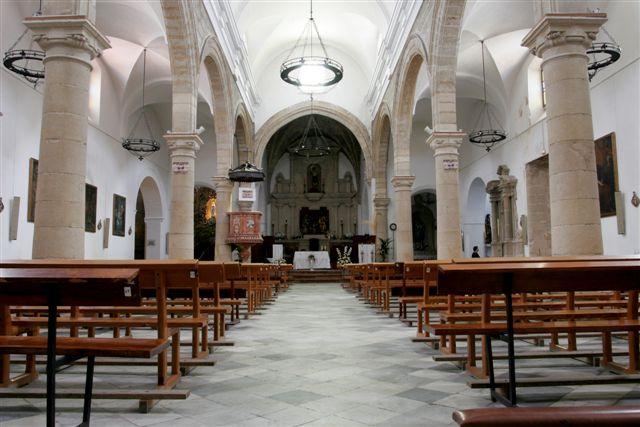 |
Cadiz Pillars (Puerto Real) |
| 8,9 Km |
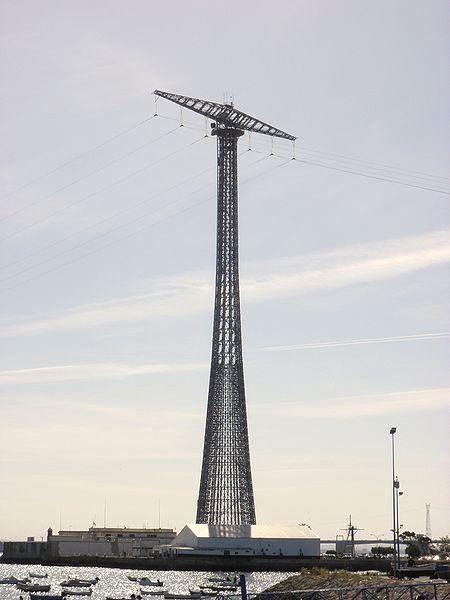 |
Palacio de la Aduana (Cadiz) |
| 9,0 Km |
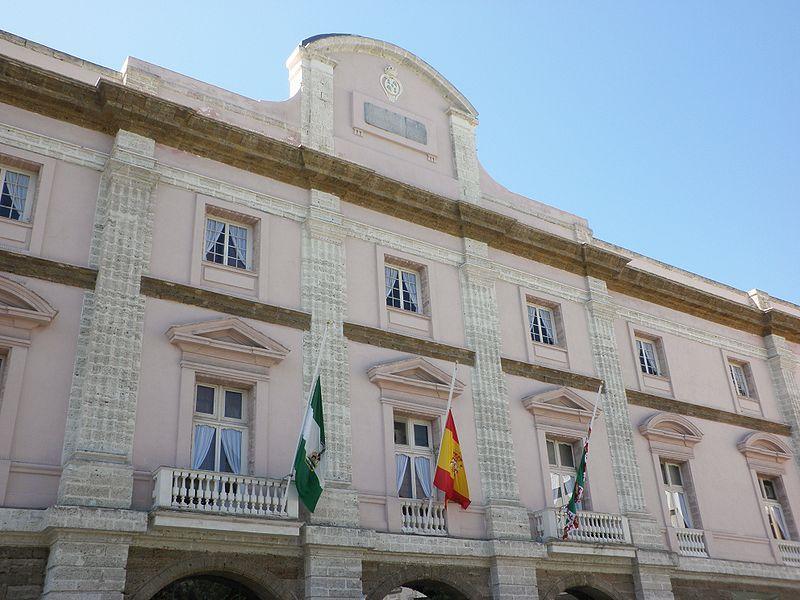 |
Monumento a la Constitución de 1812 |
| 9,1 Km |
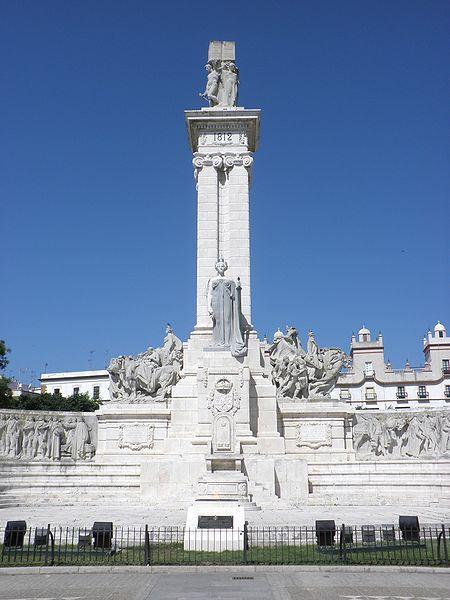 |
port Royal |
| 9,2 Km |
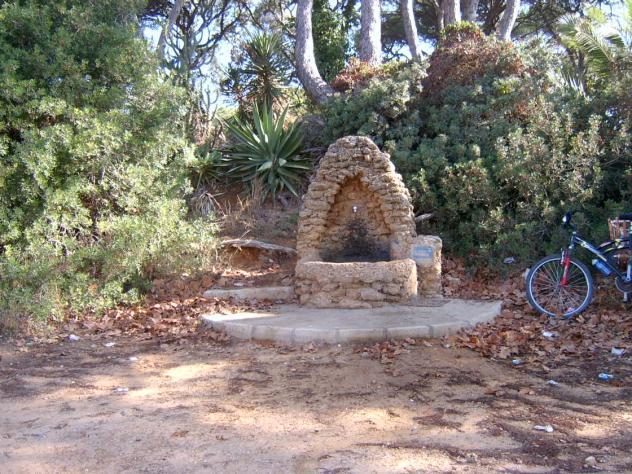 |
El Dique Museum (Puerto Real) |
| 9,2 Km |
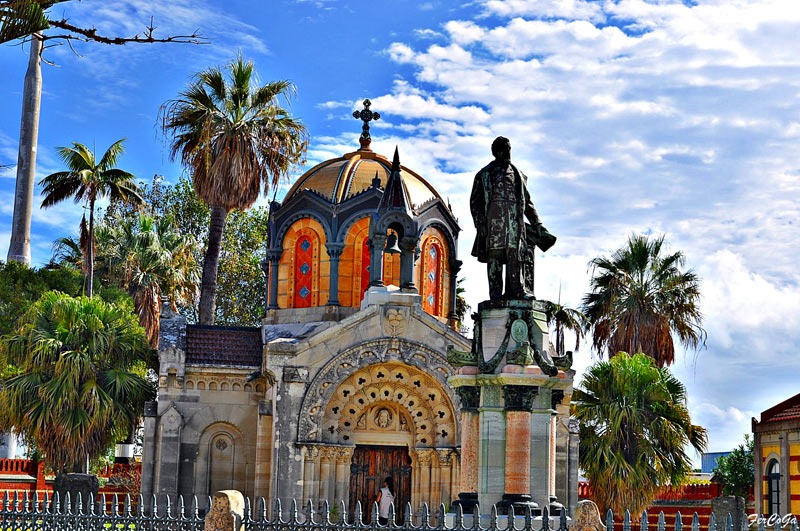 |
Baluarte de la Candelaria (Cádiz) |
| 9,3 Km |
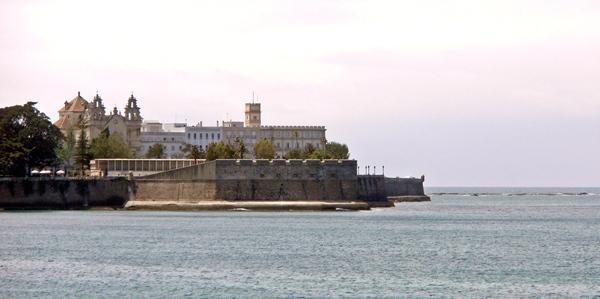 |
Trocadero Island (Puerto Real) |
| 9,3 Km |
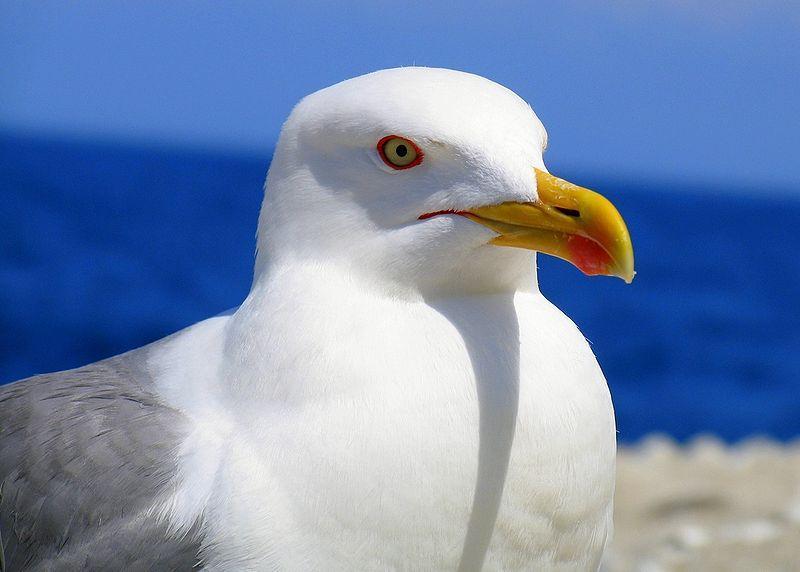 |
Cadiz Museum |
| 9,3 Km |
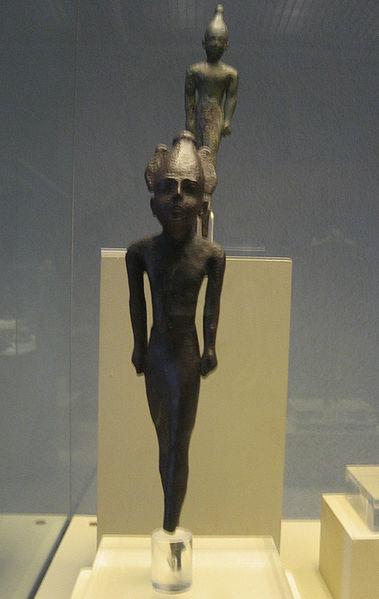 |
Our Lady of Carmo Church (Cádiz) |
| 9,3 Km |
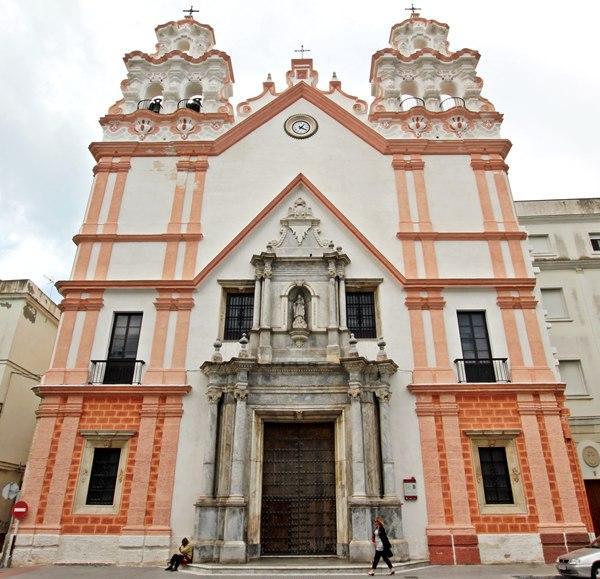 |
Oratory of the Sacred Cavern (Cadiz) |
| 9,4 Km |
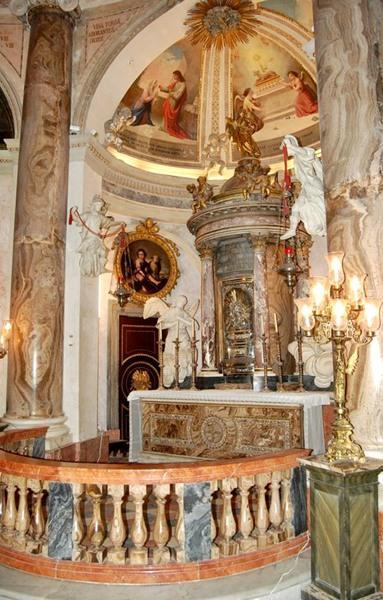 |
Municipal Cultural Center Queen Sofia (Cádiz) |
| 9,4 Km |
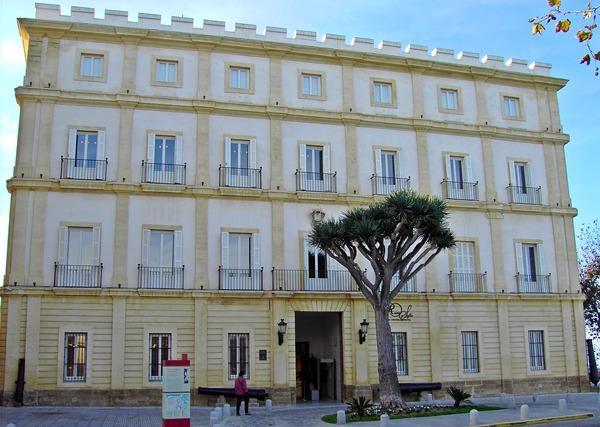 |
Cádiz Museum of Wines and Bulls |
| 9,5 Km |
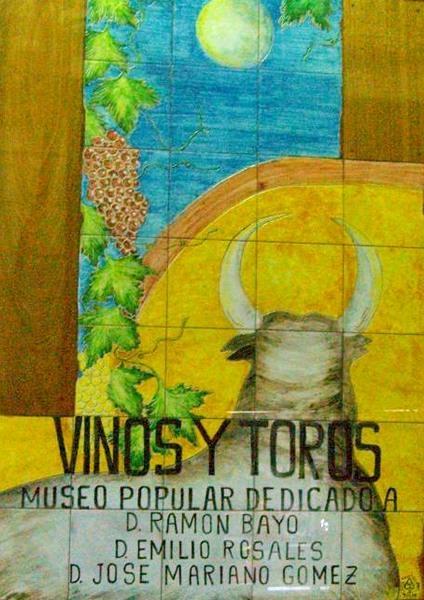 |
Conversion of São Paulo Church (Cadiz) |
| 9,5 Km |
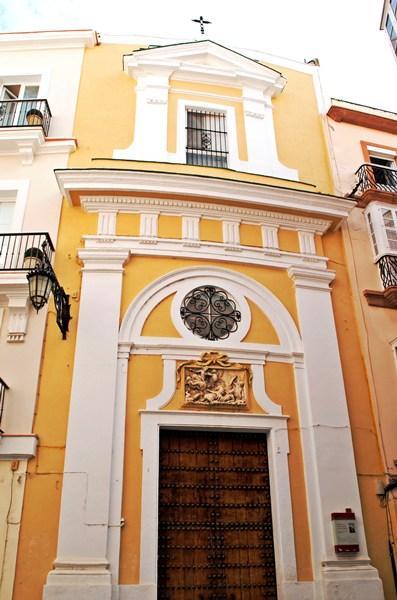 |
Cadiz |
| 9,6 Km |
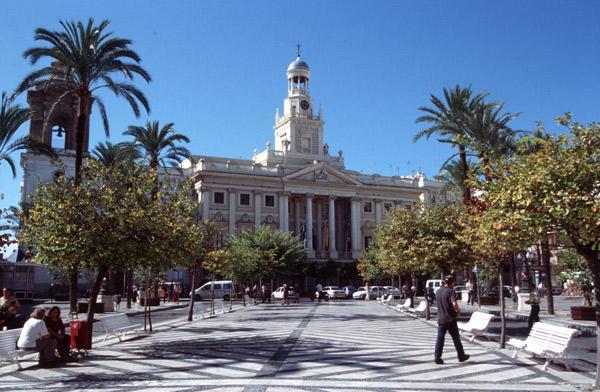 |
Cadiz Town Hall |
| 9,6 Km |
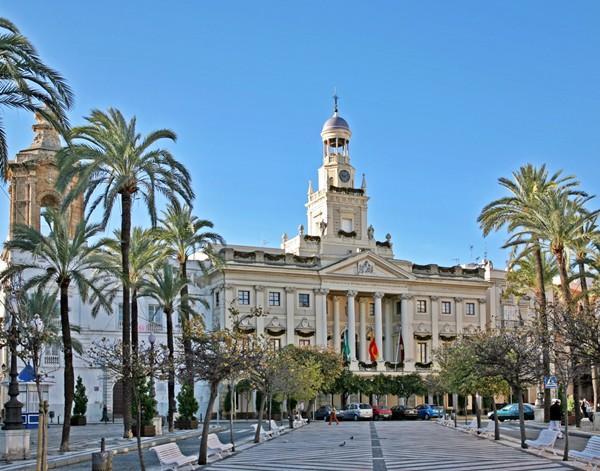 |
Our Lady of Pópulo Royal Chapel (Cádiz) |
| 9,6 Km |
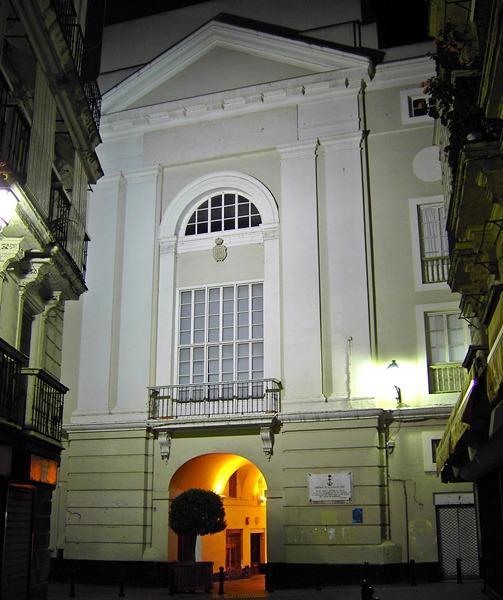 |
Museum of the Courts of Cádiz |
| 9,7 Km |
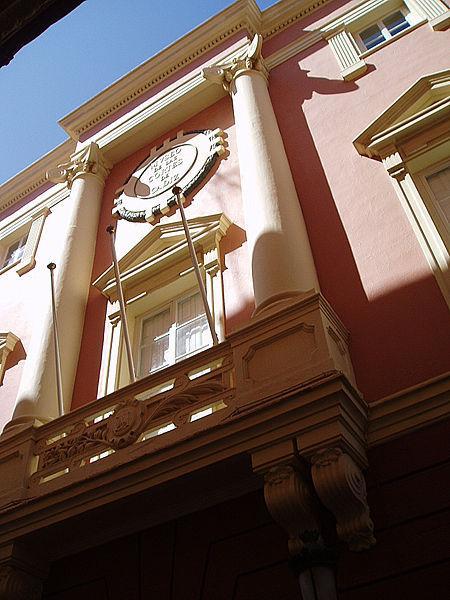 |
Los Blanco Arch (Cadiz) |
| 9,7 Km |
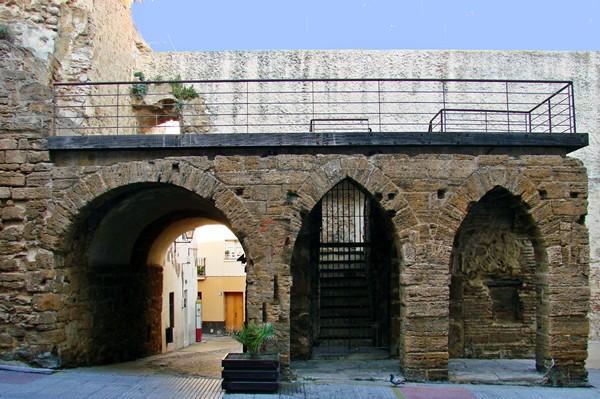 |
Câmara Escura - Tower of Tavira (Cádiz) |
| 9,7 Km |
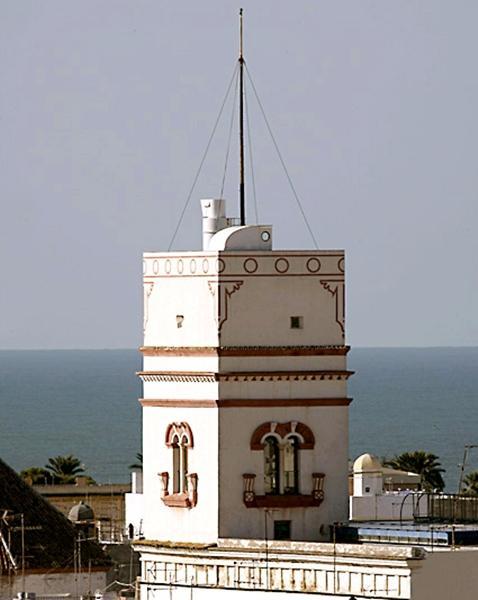 |
San Felipe Neri Church and Oratory (Cádiz) |
| 9,7 Km |
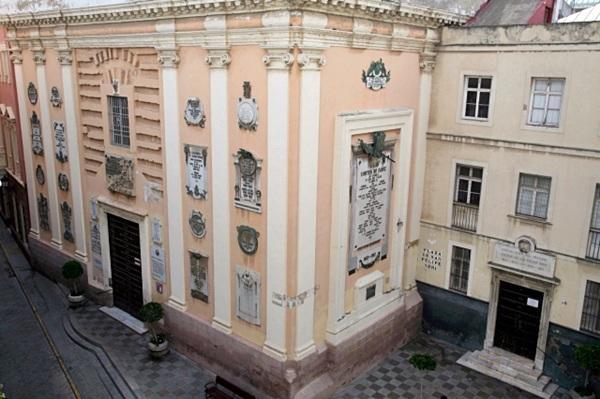 |
Arco de la Rosa |
| 9,7 Km |
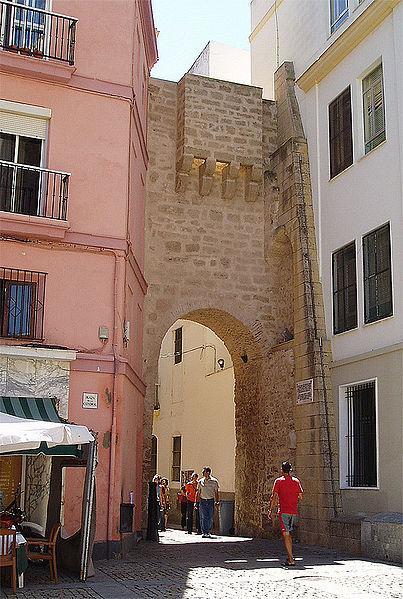 |
Church of Santa Cruz (Cádiz) |
| 9,7 Km |
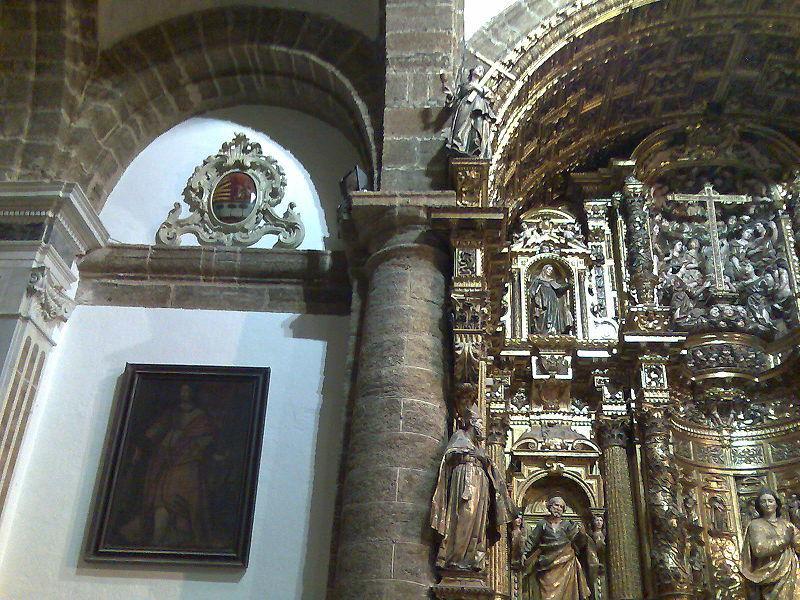 |
Archaeological Site Casa del Obispo (Cádiz) |
| 9,8 Km |
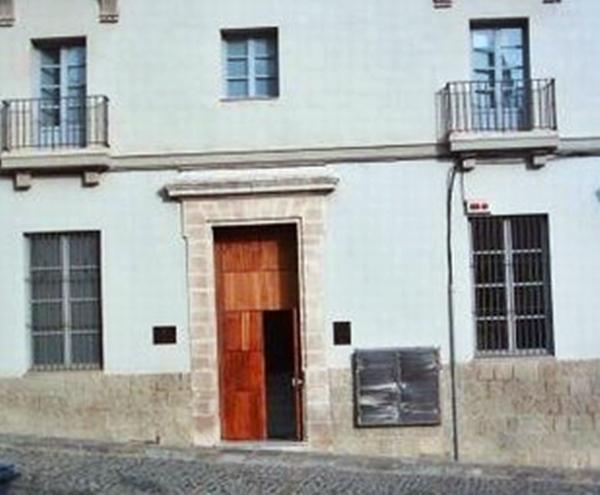 |
Museum and Cathedral Archives (Cádiz) |
| 9,8 Km |
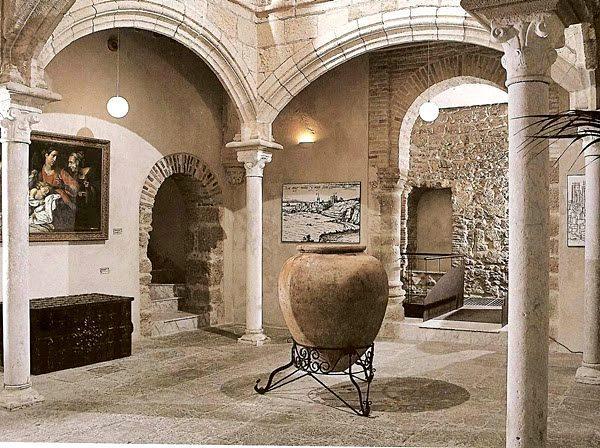 |
Roman Theater of Cadiz |
| 9,8 Km |
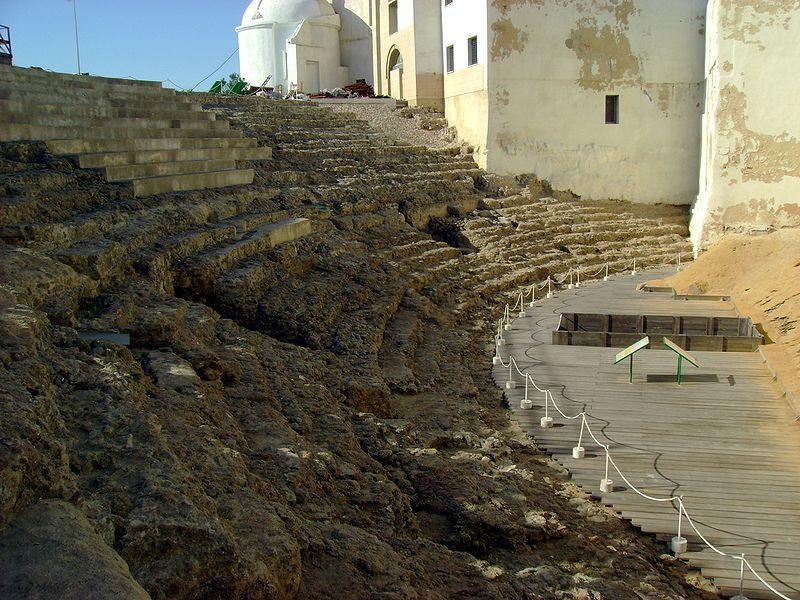 |
Hydrographic Institute of Cadiz Museum |
| 9,8 Km |
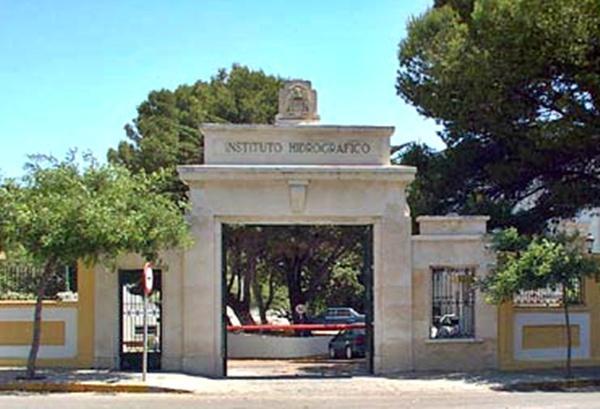 |
Puerta de Tierra |
| 9,8 Km |
 |
Cárcel Real (cadiz) |
| 9,8 Km |
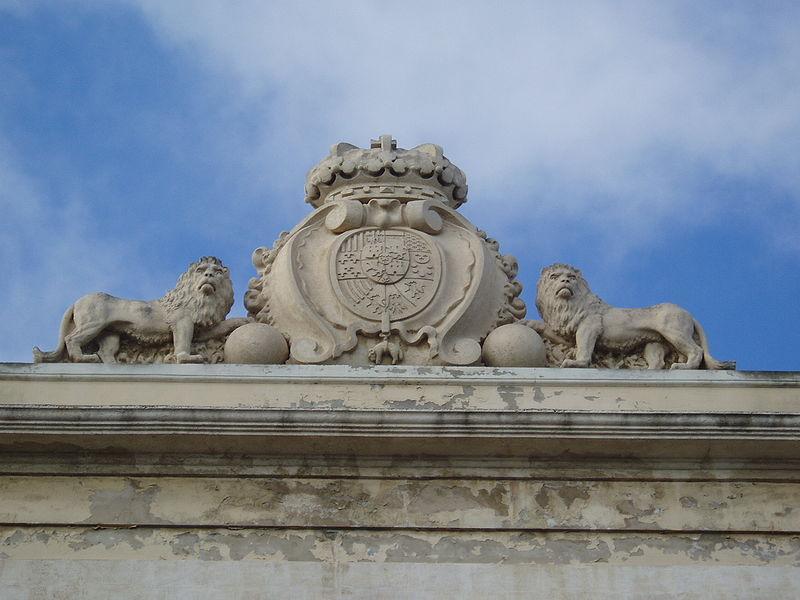 |
Cathedral of Santa Cruz de Cádiz |
| 9,8 Km |
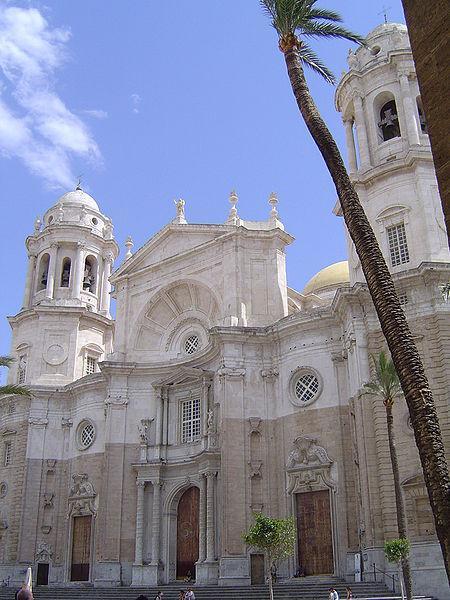 |
Our Lady of Carmen Hospital |
| 9,8 Km |
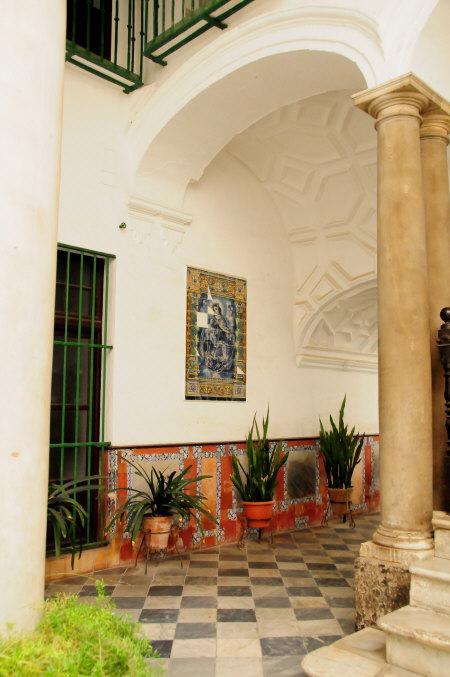 |
Gran Teatro Falla |
| 9,8 Km |
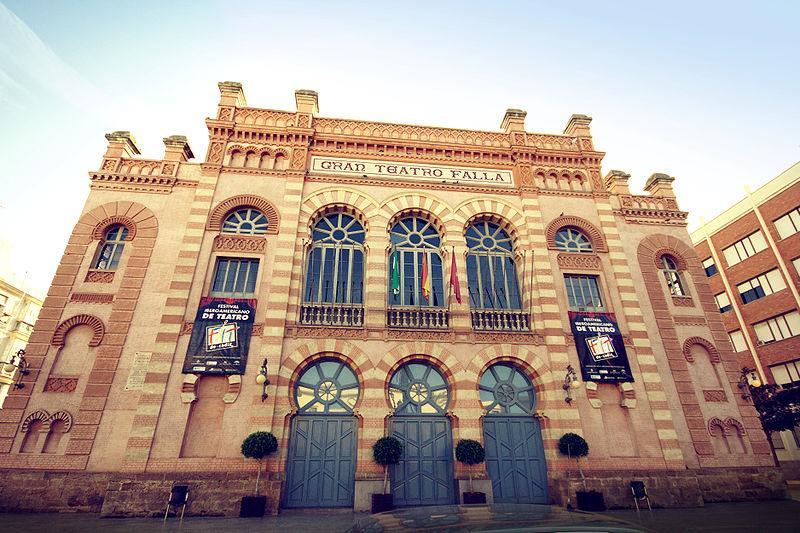 |
Cadiz University |
| 10,0 Km |
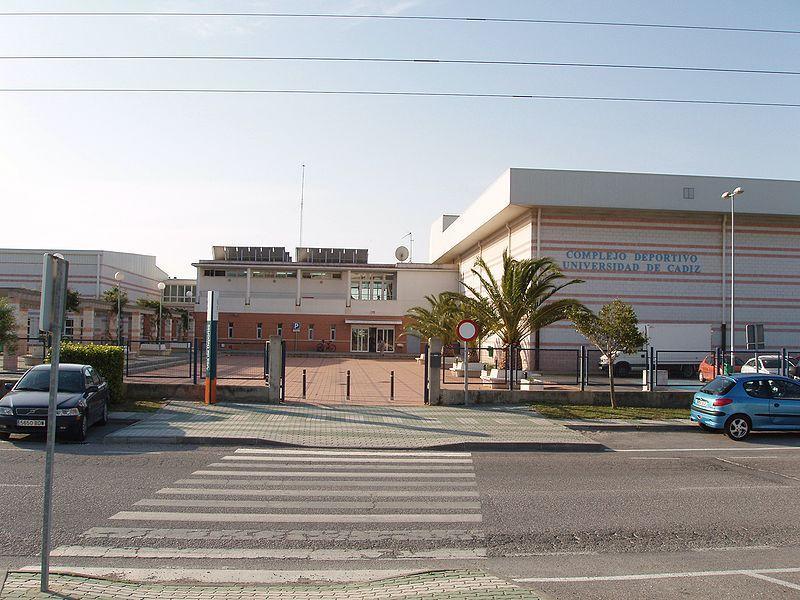 |
Santa Maria do Mar Beach (Cádiz) |
| 10,1 Km |
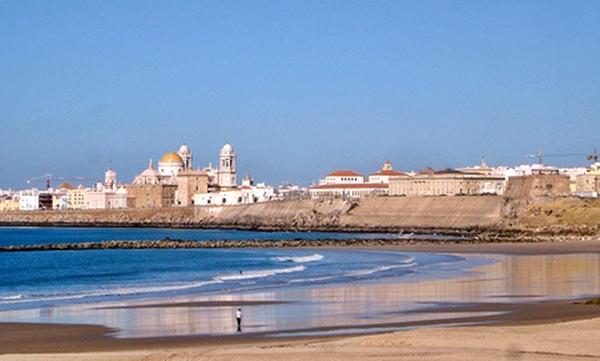 |
Caleta Beach (Cádiz) |
| 10,2 Km |
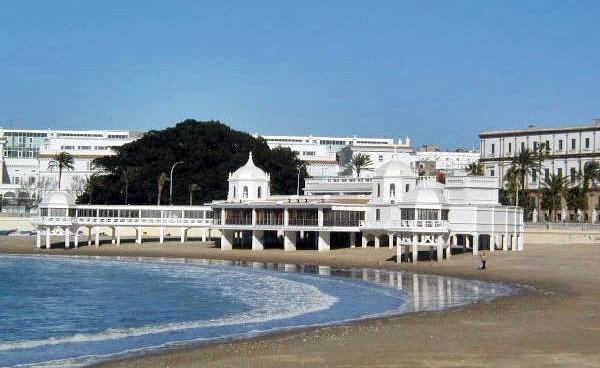 |
Spa of Our Lady of Palma and Real (Cadiz) |
| 10,2 Km |
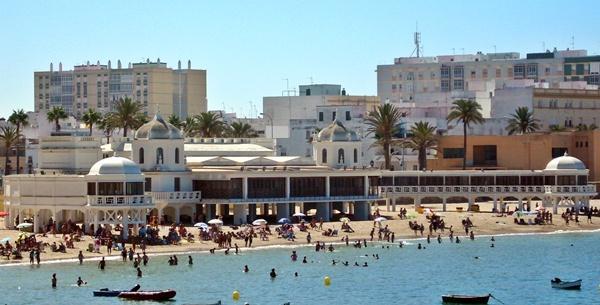 |
San Lorenzo de Puntales Fort or Castle (Cádiz) |
| 10,4 Km |
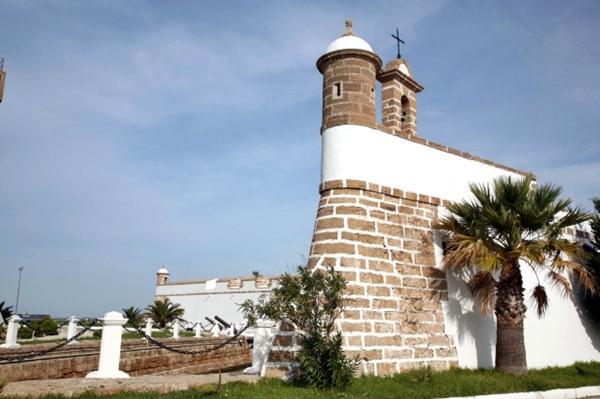 |
Church of San José |
| 10,5 Km |
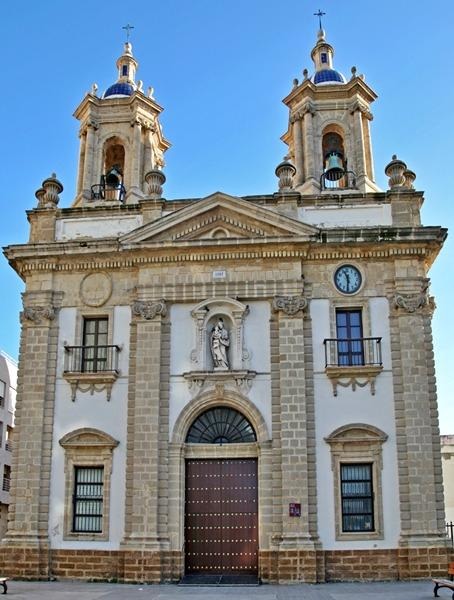 |
Castle of San Sebastián (Cádiz) |
| 11,1 Km |
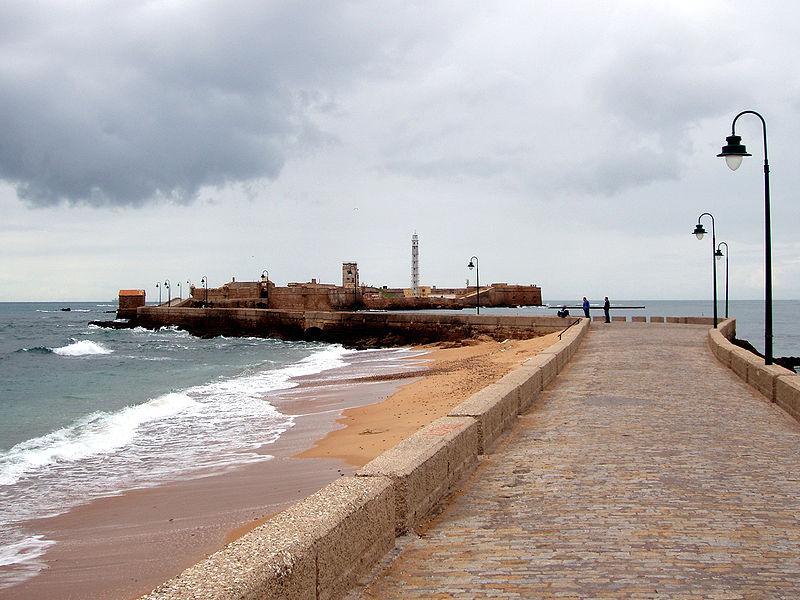 |
Victoria Beach (Cádiz) |
| 11,2 Km |
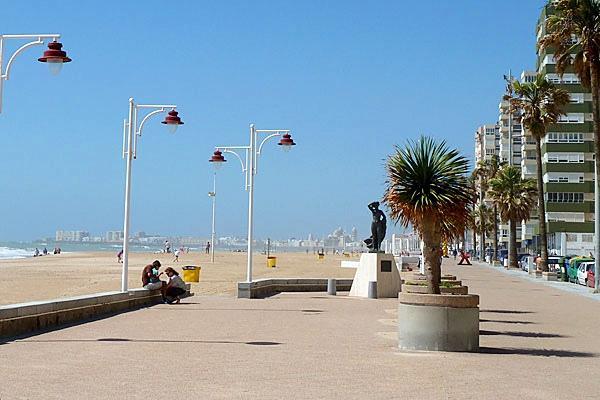 |
La Cortadura Fort (Cádiz) |
| 12,1 Km |
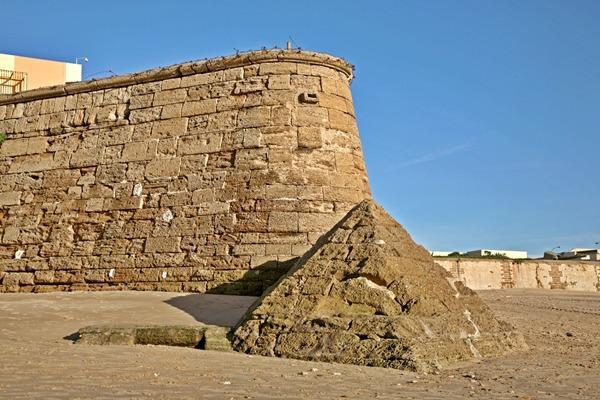 |
Cortadura beach (Cádiz) |
| 12,8 Km |
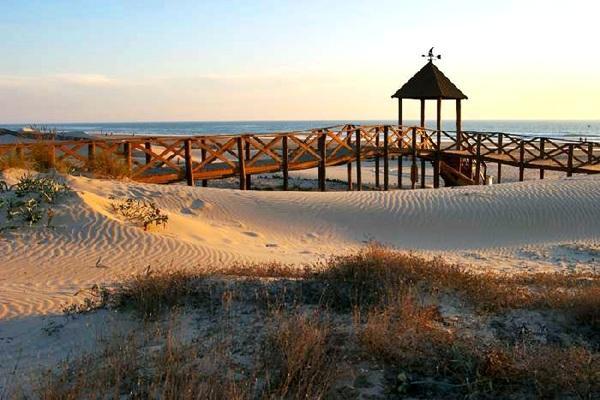 |
El Chato Beach (Cádiz) |
| 14,2 Km |
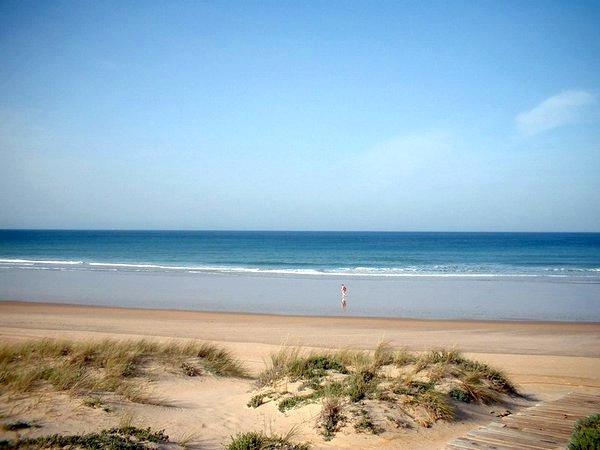 |
Torregorda Beach (Cádiz) |
| 15,4 Km |
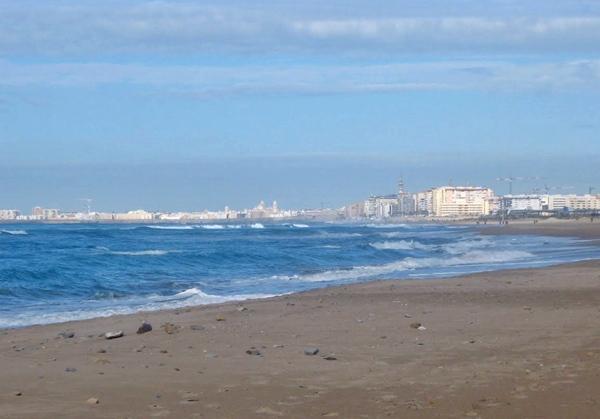 |
Sancti Petri walking stick |
| 17,5 Km |
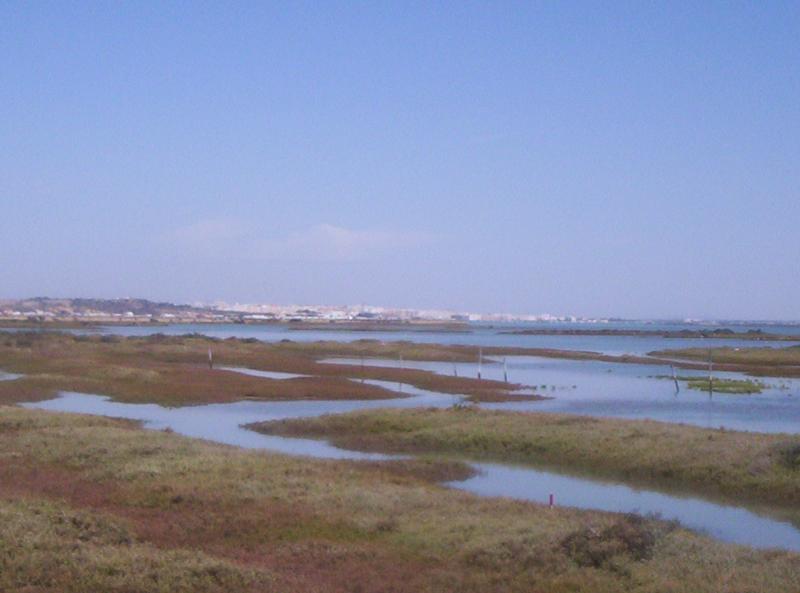 |
Admiral's House (Cádiz) |
| 18,4 Km |
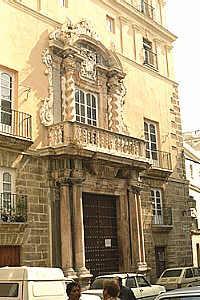 |
Hotel reservation near Port of Santa Maria (Cádiz) within a radius of 20 km
Why to book with TOURISTIC ROUTES
The best prices
Our partnerships with the world´s largest operators offer research on the best market prices.
More options
At Rotas Turisticos you can book the hotel, buy the air ticket, book the transfer from the airport to the hotel and vice versa, book the local excursions, rent the car, take travel insurance and consult the places to visit and where to go.
Holiday Tips & Destinations
Hundreds of holiday destinations with all the options that allow you to easily choose the destination that best suits your dream vacation.
TOURISTIC ROUTES
Links


